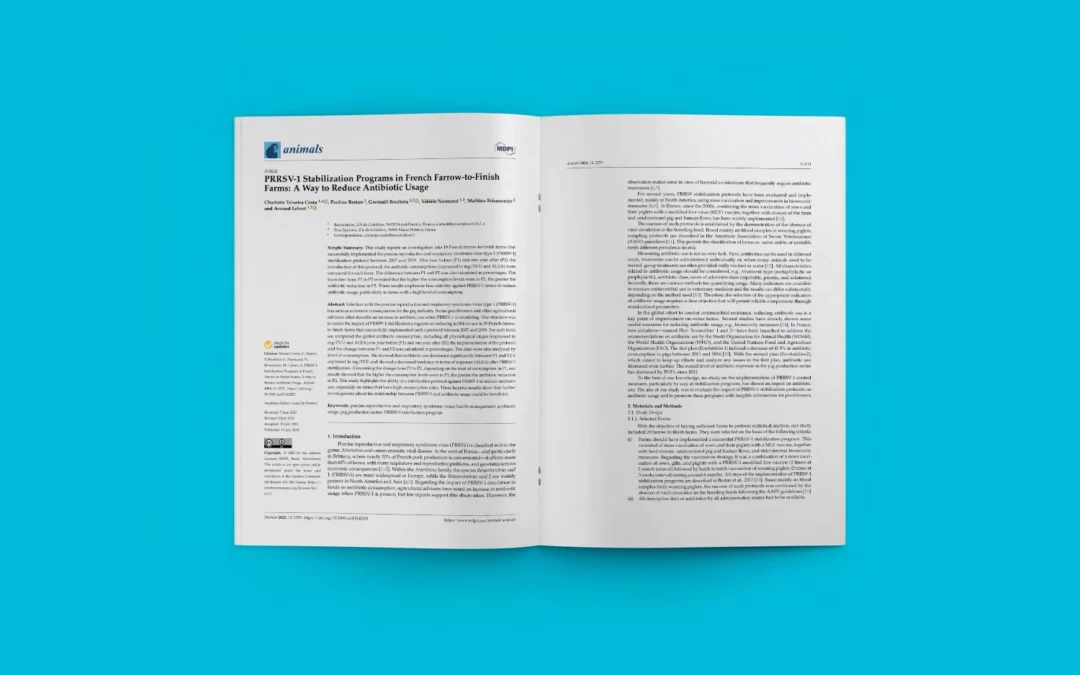
PRRSV-1 Stabilization: A Way to Reduce Antibiotic Usage
Scientific publication
animal health
PRRSV-1 Stabilization: A Way to Reduce Antibiotic Usage
This study reports an investigation into 19 French farrow-to-finish farms that successfully implemented the porcine reproductive and respiratory syndrome virus type 1 (PRRSV-1) stabilization protocol between 2007 and 2019. One year before (P1) and one year after (P2) the introduction of this protocol, the antibiotic consumptions (expressed in mg/PCU and ALEA) were compared for each farm. The difference between P1 and P2 was also calculated in percentages. The transition from P1 to P2 revealed that the higher the consumption levels were in P1, the greater the antibiotic reduction in P2. These results emphasize how stability against PRRSV-1 seems to reduce antibiotic usage, particularly in farms with a high level of consumption.

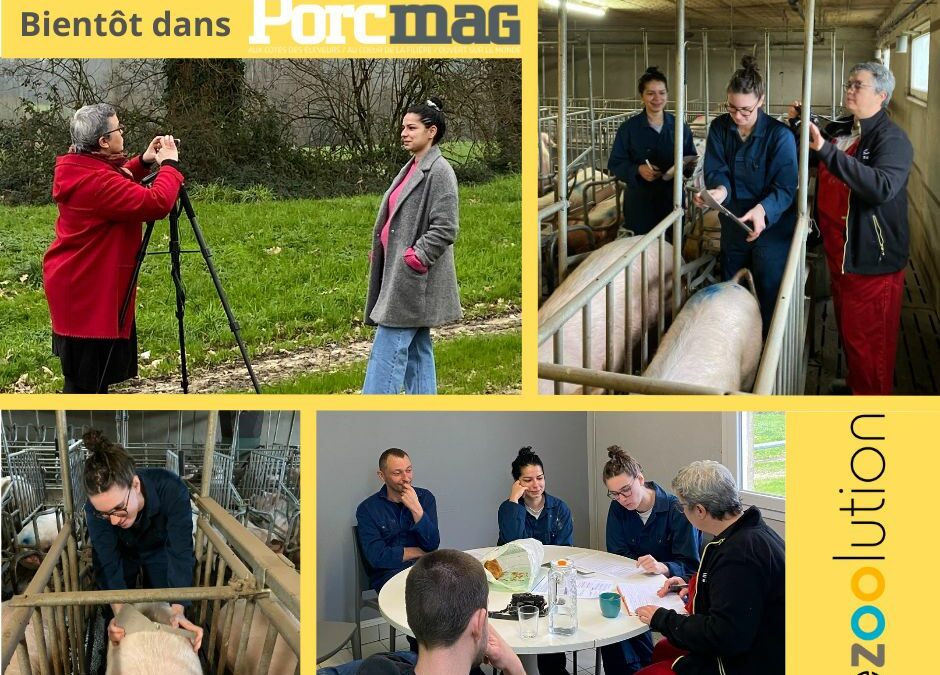
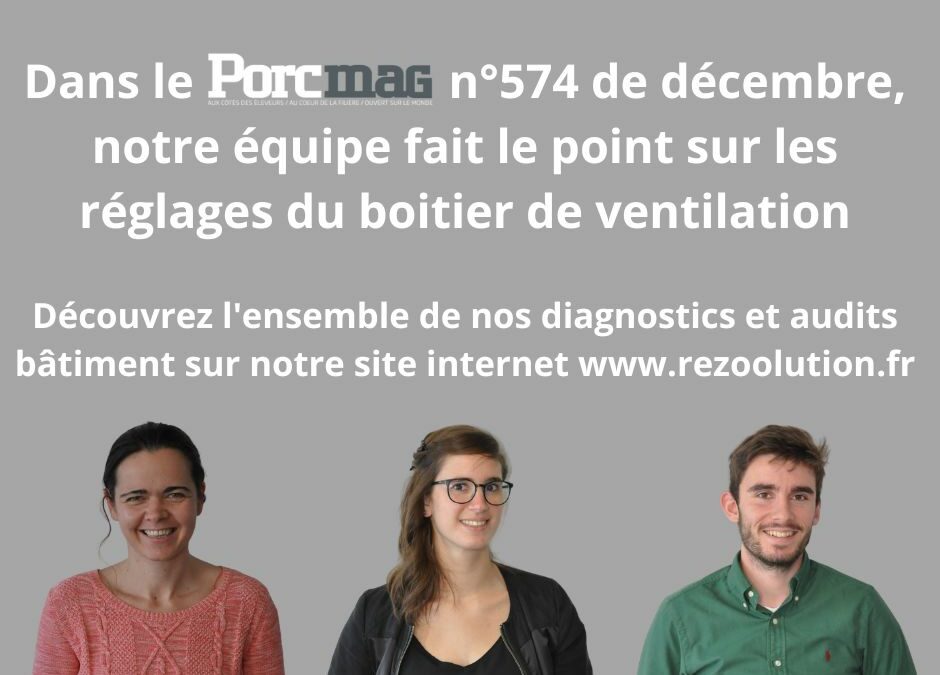
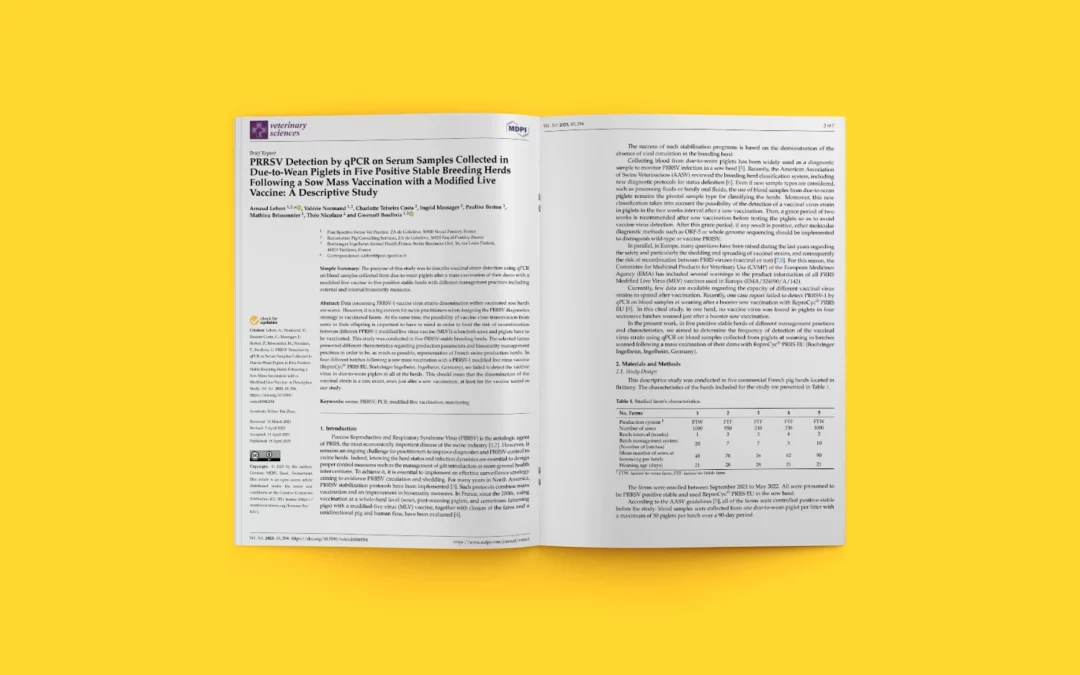
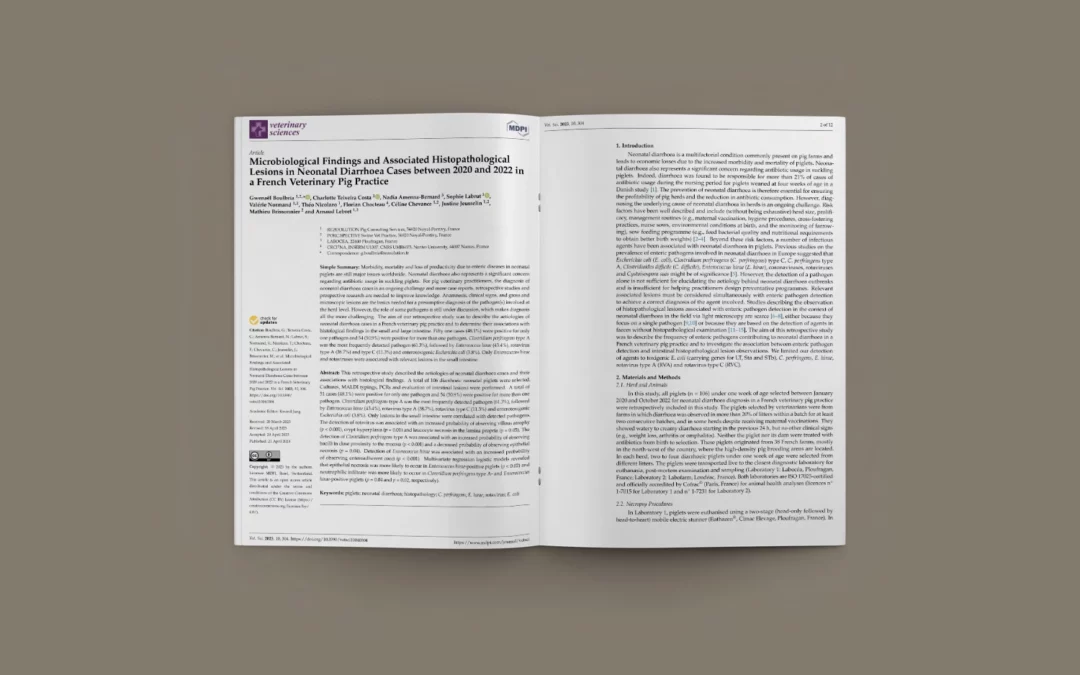
Recent Comments